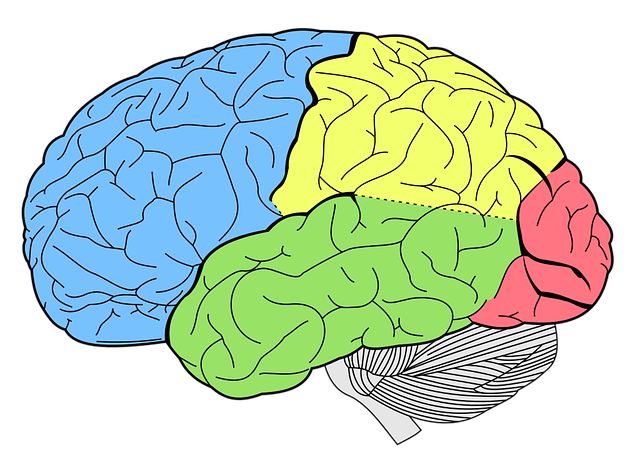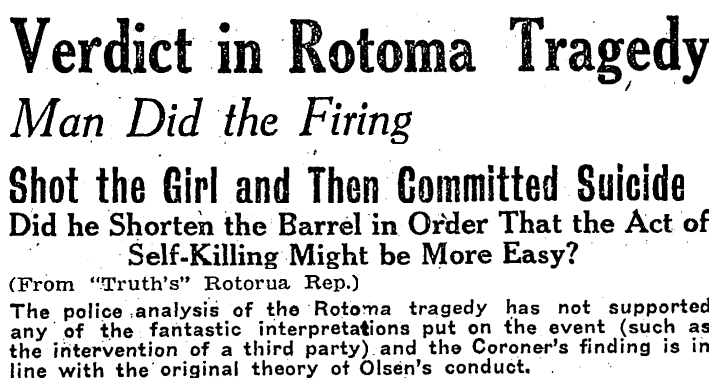In a presentation at CMA’s Digital Breakfast, StoryScience founder Kohlben Vodden gave some fascinating insights into the science of what makes content shareable.
What is a ‘share’? Many marketers, says Vodden, think of it as just a click. But inside the reader’s brain, there’s actually a series of very rapid decisions taking place inside which lead to them sharing a piece of content.
Whether or not something is shareable can ultimately determine the success or failure of a piece of content online. So of course everyone from marketers to business owners to publishers wants to know exactly what makes their audience share content, so that they can tap into that when creating and planning.
While there is still a lot of work to be done in this area, some recent studies have shed begun to shed light on exactly what goes on in our brains as we share content, and how content creators can turn this to their advantage.
How ideas spread
A 2013 study by psychologists at UCLA set out to discover what makes ideas and messages shareable. The researchers used MRI scans to monitor activity in different regions of the brain as the participants were deciding whether or not to recommend an idea, the concept for a television pilot, to a ‘producer’.
Matthew Lieberman, the senior author of the study, said,
“We’re constantly being exposed to information on Facebook, Twitter and so on. Some of it we pass on, and a lot of it we don’t. Is there something that happens in the moment we first see it — maybe before we even realize we might pass it on — that is different for those things that we will pass on successfully versus those that we won’t?”
 Image by ArtsyBee, available via CC0
Image by ArtsyBee, available via CC0
The researchers discovered that there is a region of the brain which is much more heavily involved in this kind of decision-making. When participants were seeing and hearing about the ideas they would later recommend, they showed significantly more activity in a region known as the Temporoparietal Junction, or TPJ.
The study also showed that the strongest determinant in what makes something shareable is whether the sharer thinks others will enjoy that content.
“Our study suggests that people are regularly attuned to how the things they’re seeing will be useful and interesting, not just to themselves but to other people,” said Leiberman. “At the first encounter with information, people are already using the brain network involved in thinking about how this can be interesting to other people. We’re wired to want to share information with other people. I think that is a profound statement about the social nature of our minds.”
Motivations for sharing content
Another study, released by the New York Times, tested subjects’ motivations for sharing content. It found that there are five key motivators in people’s decisions to share content, all linked to their relationships with others.
5 key sharing motivators in social, says @kohlben #cmadigital pic.twitter.com/NdpDsdFP8O
— The CMA (@the_cma) June 8, 2016
//platform.twitter.com/widgets.js
- Bringing valuable and entertaining content to others. An overwhelming 94% of the NYT study’s participants said they considered how the information they shared would be useful to the recipient, while 49% said they shared “to inform others of products they care about and potentially change opinions or encourage action.” Vodden referred to this motivator in his presentation as “network value” – the impulse to add value to others’ lives.
- Defining ourselves to others. It won’t come as a surprise to anyone who spends time on social media that a lot of sharing is motivated by the way we want others to perceive us. 68% of the study’s participants said they shared “to give people a better sense of who they are and what they care about”.
- Feeding personal relationships. Many people share content as a form of social connection, especially with people they might otherwise have lost touch with. 73% of those taking part in the study said that they share information because it helps them to connect with others who share their interests.
- Self-fulfilment: to feel good about themselves and to feel involved. 69% of participants said that they share information because it makes them feel more involved in the world.
- Cause or issue awareness. This was the second-highest motivator when sharing content, with 84% of participants saying that they share as a way to support causes or issues that they care about – hence why activism often gains so much traction on social media channels.
Influencing the sharing decision
So now that we know more about what leads an audience to share content, how can content creators influence this decision? Behavioural science, that is the science of decision-making, has some light to shed on this question.
Another study, this time conducted by Jonah Berger and Katherine Milkman, set out to find what makes online content go viral, and role emotions have to play in this phenomenon.
They discovered that content with an overall positive sentiment will always win in the shareability stakes – contrary to the popular belief that bad news spreads faster or further than anything positive. And unsurprisingly, high-intensity emotions like awe, anger or anxiety would also make a piece of content more likely to be shared.
Emotions influencing/driving shares @storysci #cmadigital pic.twitter.com/V8sO4wKmmW
— Irma Hunkeler (@irmahunkeler) June 8, 2016
//platform.twitter.com/widgets.js
To an extent, newspaper headline writers have always known this as they headline their articles for maximum impact, aiming to invoke shock, sadness or indignation in their audience with their choice of headline. The same principle that sells newspapers still holds true online – and Berger and Milkman found that these emotions will influence sharing no matter how surprising, interesting or practically useful the content is, as well as external drivers of attention like how prominent the content is.
So the emotions aroused by a piece of content can be far more important even than the way it is laid out on a site, or what the content happens to be.
Another important influencer of sharing is cognitive bias. Cognitive biases are inherent ‘thinking errors’ that humans make when processing information. They’re the limitations of human judgement, and impossible to avoid – so savvy content creators can exploit them to their advantage if they want to.
 Newspaper headlines have long been skilled in the art of arousing emotions in their readers
Newspaper headlines have long been skilled in the art of arousing emotions in their readers
Image via Wikimedia Commons, public domain image
Vodden talked about a client of StoryScience whose content they analysed to discover what was doing well and why. StoryScience found that the three most shared articles by this client all used the same three principles:
Affect heuristic – This posh-sounding term is a mental shortcut that focuses consumers’ attention on content that comes attached with emotion, allowing them to quickly make decisions by prioritising emotion above all else.
Information overload – As it sounds, this is a phenomenon where the amount of information the consumer is trying to process is too much, resulting in choice deferral (“I’ll decide about this later”) and decision fatigue.
Memory effects – These are a set of biases which impact our ability to process and remember information. Information must be noticeable, important and emotional in order to enter into our permanent memory.
990% increase in shares from understanding cognitive bias – ace insight from @kohlben #cmadigital pic.twitter.com/zcnXBZplHy
— BAM (@bam_mobile) June 8, 2016
//platform.twitter.com/widgets.js
Adhering to these three principles made a whopping difference in the amount that the client’s content was shared: the top three articles had 990% more shares than those which didn’t adhere to these principles.
Vodden also highlighted the importance of bearing in mind cultural context: anyone working in the international space (which, given the global nature of the internet, is almost all of us) mustn’t forget about cultural norms and sensitivity, and how these can affect how an audience receives content.
Writing emotional headlines
All digital content creators know the value of a good, impactful headline – and anyone who works with SEO will know how important it is to optimise your headlines and titles to do well in search. The problem is, these two things aren’t always compatible.
Vodden recommended a tool called CoSchedule Headline Analyzer, which helps you to work out the best headlines for your content to make an impact on the audience. It looks at word balance, length, and the emotion invoked by the headline, giving extra credit if the headline type is a how-to, a question or a list.
During the panel discussion at the end of the digital breakfast, Vodden and fellow speakers Adam Tinworth and Mike Burgess discussed the difficulty in knowing whether you should focus on emotion in your headline, or gear your headline towards maximum SEO. Sometimes both are possible, of course, but often you have to sacrifice one in order to succeed with the other.
Adam Tinworth remarked that “intellectual” headlines tend to have more success in SEO, that is those which are geared towards answering a question. Google has become more of an “answer engine” nowadays, he said, as social sharing has taken away its role of finding something to read. Now, people go to Google when they need a specific question addressed.
So whether you make your headline ‘intellectual’ or ‘emotional’ depends on what you want to achieve with that particular piece of content. Do you want to answer a question that your reader has, or arouse an emotion in them that will make them share the content with their friends? Choosing one or the other could determine whether readers will find your content through search, or through social media.

No comments:
Post a Comment